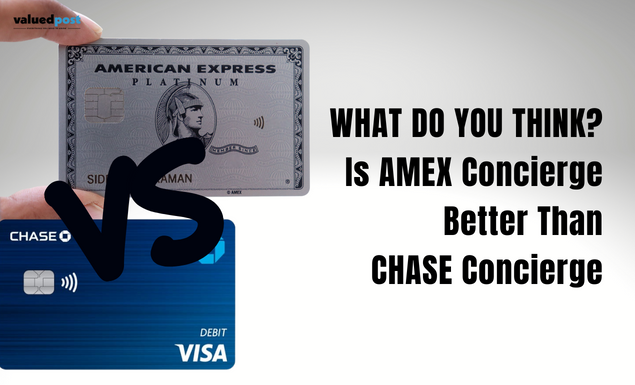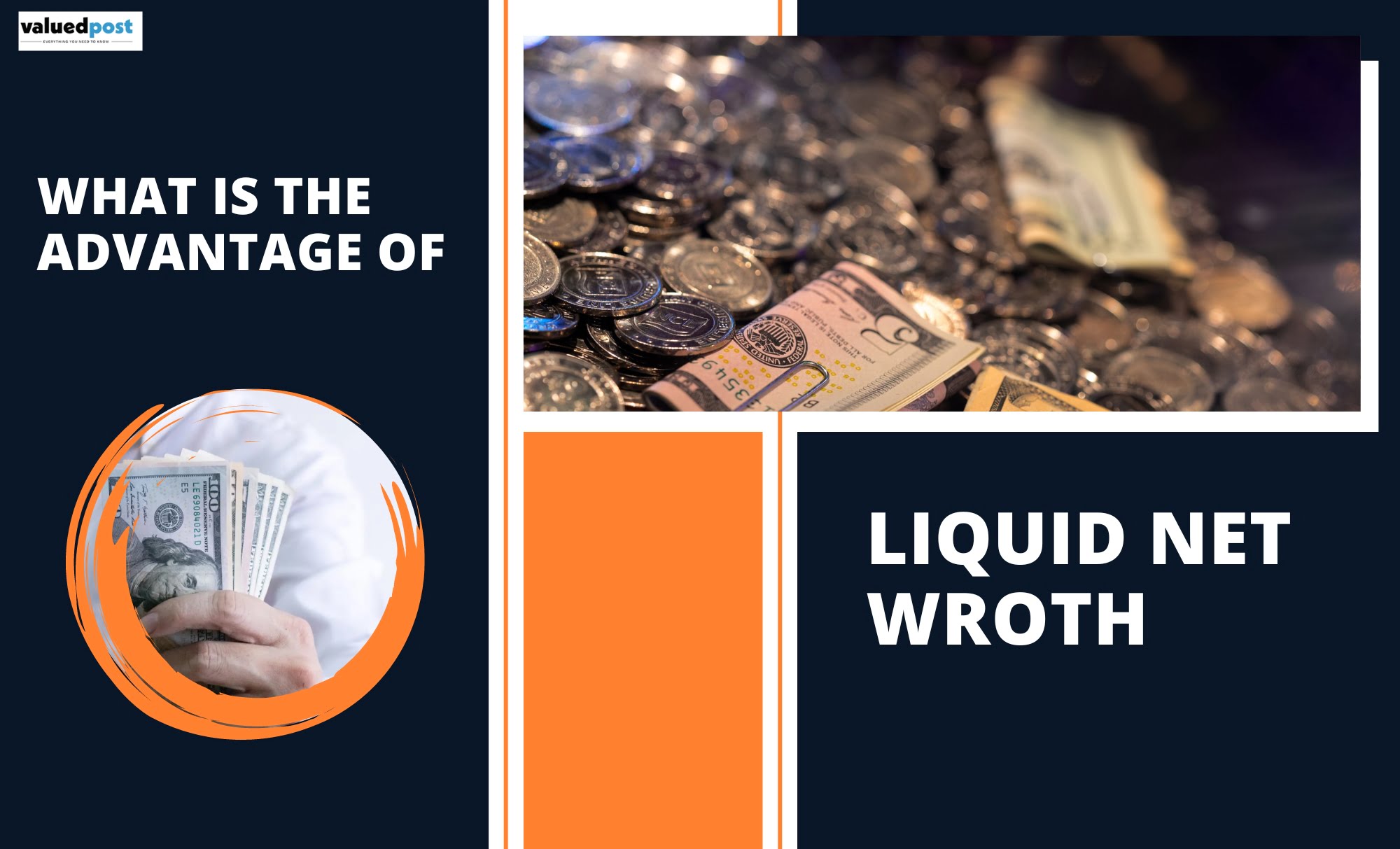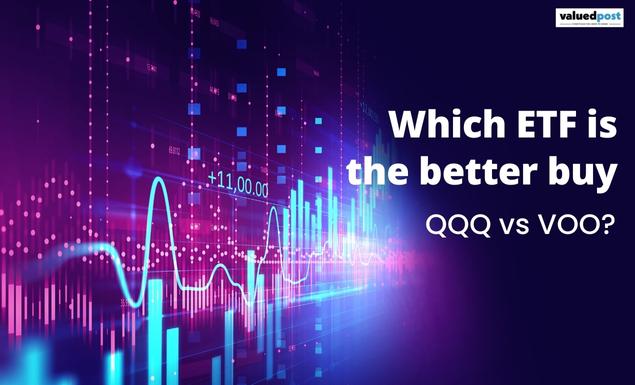A front-end load mutual fund is just the commission you pay to the advisor for giving you their expertise for investing in some kind of mutual fund. The word load might sound weird to you, it means to pay that commission at the start, whereas back-end load mutual fund means to pay that commission when you choose to sell out the fund.
Both back-end and front-end load mutual fund often have greater costs. There are many different forms of loads, some of which may really fit in with the plans and objectives of investors. Class A, B, C, and now D shares are load funds that American Funds has long offered.
However, we have more recently begun to offer no-load variations of our funds. When buying and selling third-party mutual funds, several banks and broker-dealers impose their own fees.
What Advantages Do Front Load and Back Load Mutual Funds Offer?
Shares that are front-load slap you with a fee or sales charge up front, while shares that are rear-loaded put your whole investment to work. Although the back-end load first appears to be the superior option, you can really be much better by paying the load up front. If you sell your shares too soon, you can also be assessed a redemption fee.
Terms And Their Use
Front-loaded shares are referred to as “class A” shares by mutual fund companies. You pay a price that includes a sales charge %. For instance, if a fund’s A shares have a net asset value of $9.50 and a 5% load, investing will cost you $10 a share.

At the NAV, back-loaded class B shares are bought and sold. A “contingent deferred sales fee” will be deducted from the sale profits if you sell your B shares after investing.
Reduced Annual Costs
Class A shares of a fund will have lower overall yearly expenditures than class B shares. Broker commissions for A shares deduct from the upfront load percentage. Every year that you own them, class B shares will underperform A shares on a NAV basis by up to 0.75 percent.
Spend less and invest more
Lower sales fee percentages on the shares of an S&P 500 fund can be available if you invest more than $50,000 in it. With $100,000 invested in the fund, reduced breakpoint loads typically commence, with lower percentages at $250,000 and $500,000. You would save thousands of dollars in load commissions by receiving a lower percentage on the total investment amount. The class, A share sales commission, is 2.5 percent for bigger purchases, with a maximum of 5.5 or 5.75 percent.
What Are The 4 Classes Of Mutual Funds?
Investors have access to diverse portfolios managed by qualified money managers through mutual funds. Investors must pay a sales fee to acquire some load fee, referred to as “load” funds. You have the option of purchasing A shares, B shares, or C shares when purchasing a load fund; each has a distinct fee structure and yearly expense cap.

Class A shares: Investors buying these shares frequently must pay the front load fee only at the time of purchase. This charge can be greater, depending on the fund, but it typically runs from 3 to 5 percent.
Other costs could also apply to Class A shares. For instance, the cost ratio of the fund includes the 12b-1 charge. The percentage of holdings that make up the total cost of holding the fund is represents by that ratio. Compared to other fund classes, Class A typically has lower 12b-1 fees.
Class B shares: In contrast to Class A shares, Class B shares impose a load or sales fee at the time of share sale. The lesser this charge is, the longer you retain your shares. That cost may become $0 after a specified amount of time. You must pay a 12b-1 fee in order to own Class B shares, just like Class A shares. However, that amount will be more than what charges for Class B shares.
These shares have a greater expense ratio than Class B shares as well, although they eventually become Class A shares. Because of this, Class B shares are less costly to retain in a portfolio over the long run. However, pressure is beginning to build on this class of shares from lower-fee ETFs.
Class C shares: There is no front-end or back-end charge for Class C shares. Instead, they impose a flat yearly price of about 1%.
That level charge, along with the expense ratio and 12b-1 fee, might result in Class C shares being a pricey long-term investment. Additionally, they don’t exchange for less expensive shares.
Class D shares: Class D mutual funds, sometimes known as “no-load funds,” have no purchase or sale fees. Additionally, there is no flat % charge.
You simply have to pay the yearly expense ratio and the 12b-1 charge. This makes Class D shares far more accessible for both short- and long-term investing than the aforementioned classes.
Which Share Class of a Mutual Fund Is Best?
Every investor will have a different response to this question, and it mostly relies on your goals.
For instance, if you’re willing to accept the larger initial investment because you intend to own your shares for several years or several decades, you could lean toward Class A shares. However, because Class B shares do not have the large investment minimum frequently demanded by Class A shares, they could be more appropriate for someone who has a lower amount to invest.
Investors who desire to make short-term transactions in their portfolio in an effort to increase returns may find interest in Class C shares. Even though they are less prevalent, Class D shares could be a means to completely avoid load fees.















